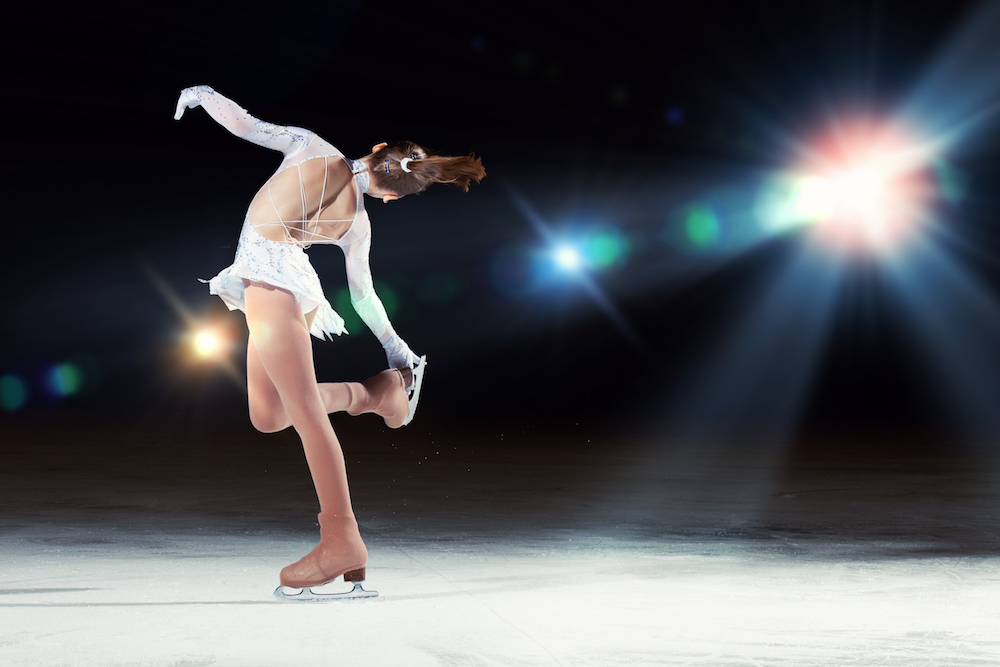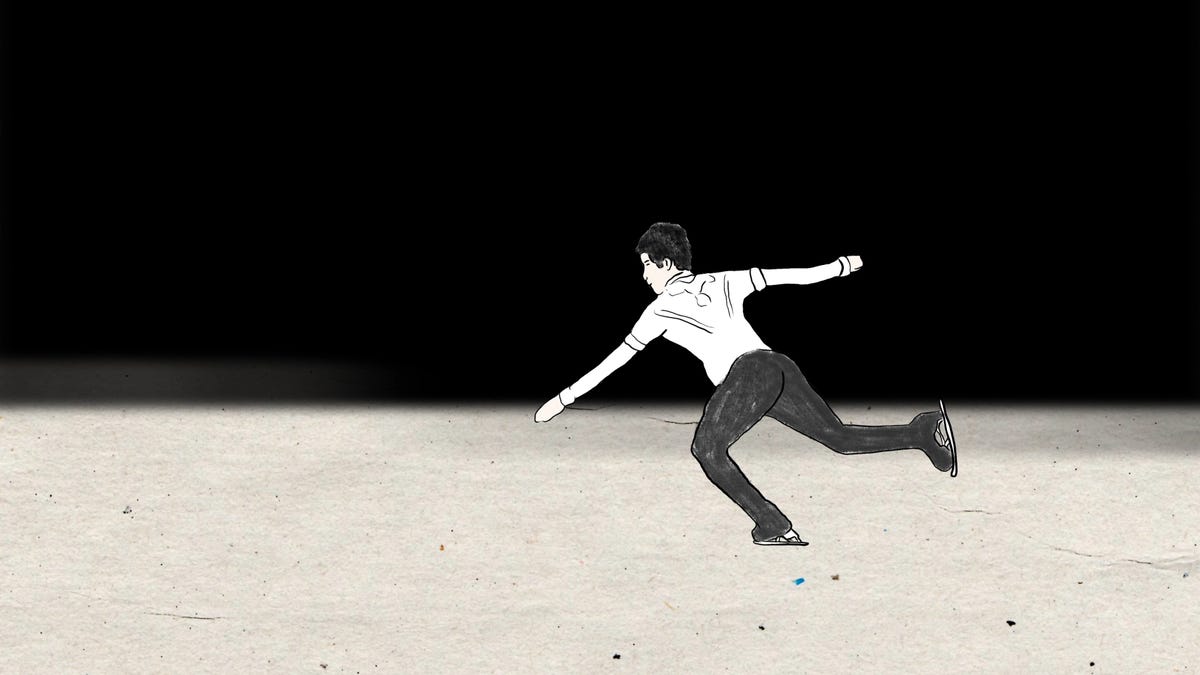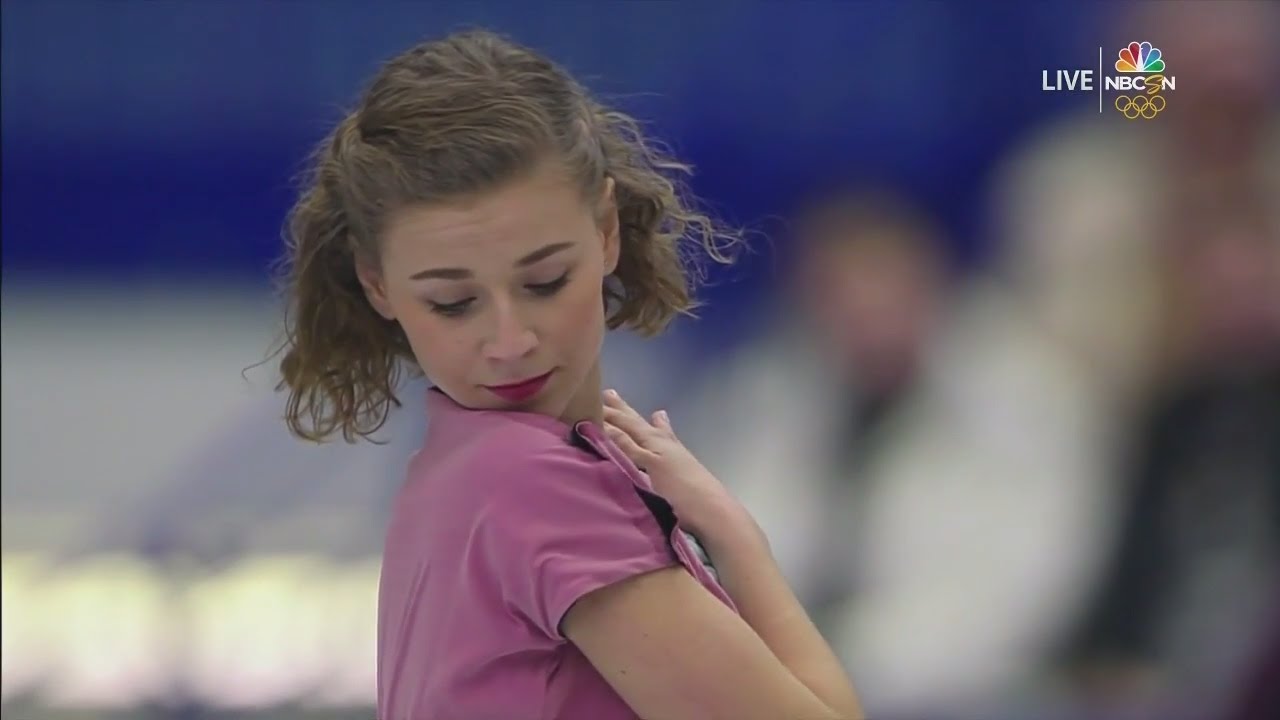nimi
Well-Known Member
- Messages
- 1,682
I was wondering what is the difference in an impact of landing throw triple versus "regular" quad jump? People are raising concerns about teenagers landing quads, but the pairs ladies usually accumulate like twice the height of regular jump and the speed of landing is pretty similar. If someone can explain, I would be grateful ?
There's also the rotational speed. Basically, you need to rotate faster to get the fourth revolution done, and controlling and stopping that "extra" momentum when landing a quad is extra challenging.
I haven't studied physics since high school (lol) and also English is not my first language, so I can't explain these things properly, but you can just google "figure skating biomechanics quads" or similar keywords and find a couple of studies, e.g. this pdf, as well as several articles aimed at the general public (i.e. people who might pay attention to skating and quads once every four years). Here's one:

The Physics Of Figure Skating
Those leaps and spins are a physics demonstration in action.
excerpt:
Skaters must dissipate the majority of their energy in their landing, which takes place over a very small time period.
“It would be like slamming on your brakes to come to a stop at 60 miles per hour,” explains King. “They come to a stop very quickly, so that takes a lot of force.”
Why do they stop so quickly? For one thing, the blade and the skating boot are rigid, which strips skaters of some of the flexibility in the foot and ankle. They can’t spread the dissipation of energy over a longer time period and over a bigger range of motion, like a volleyball player who lands with bent ankles, knees, and hips. Plus, the rigid blade is coming down on a concrete floor that’s covered with ice.
And here's another article:

The physics behind figure skating’s most difficult jump
Biomechanics research has helped make figure skating more extreme than ever. Now, can it make it safer?
 qz.com
qz.com
a couple of excerpts:
To land a quadruple jump, skaters have to take off with a huge amount of momentum, often propelling themselves upward by striking the ice with the toe pick. Skaters have to jump high in the air while spinning fast enough to make four revolutions in well under a second. Then they have to withstand momentary impact forces between eight and 10 times their body weight, stop rotating, land, and continue with their routine.
Because skaters will practice jumps dozens of times a day, and always land on the same foot, they’re prone to getting microfractures that can cause major issues later on. And there’s been very little research into how spinning so fast and absorbing so many landings affects the joints.


 I was just thinking that would be a SEQ and not a combo. I swear it used to be.
I was just thinking that would be a SEQ and not a combo. I swear it used to be. I bet there are times when the SS L4 comes up on my screen when the skaters think they are still doing the SS and the panel is just confused then!
I bet there are times when the SS L4 comes up on my screen when the skaters think they are still doing the SS and the panel is just confused then!